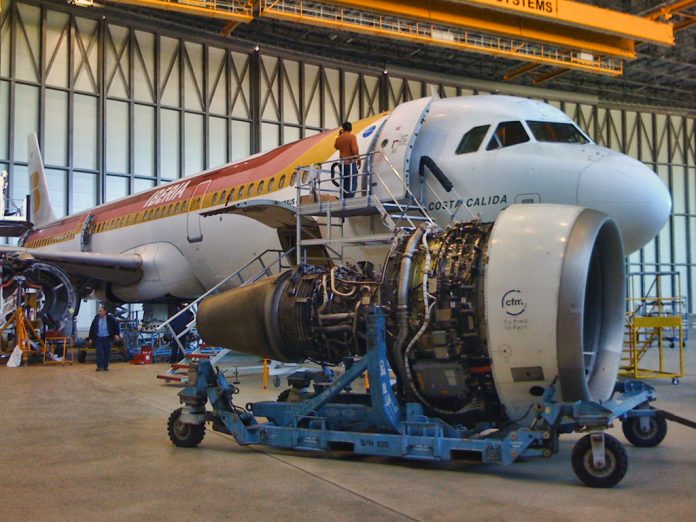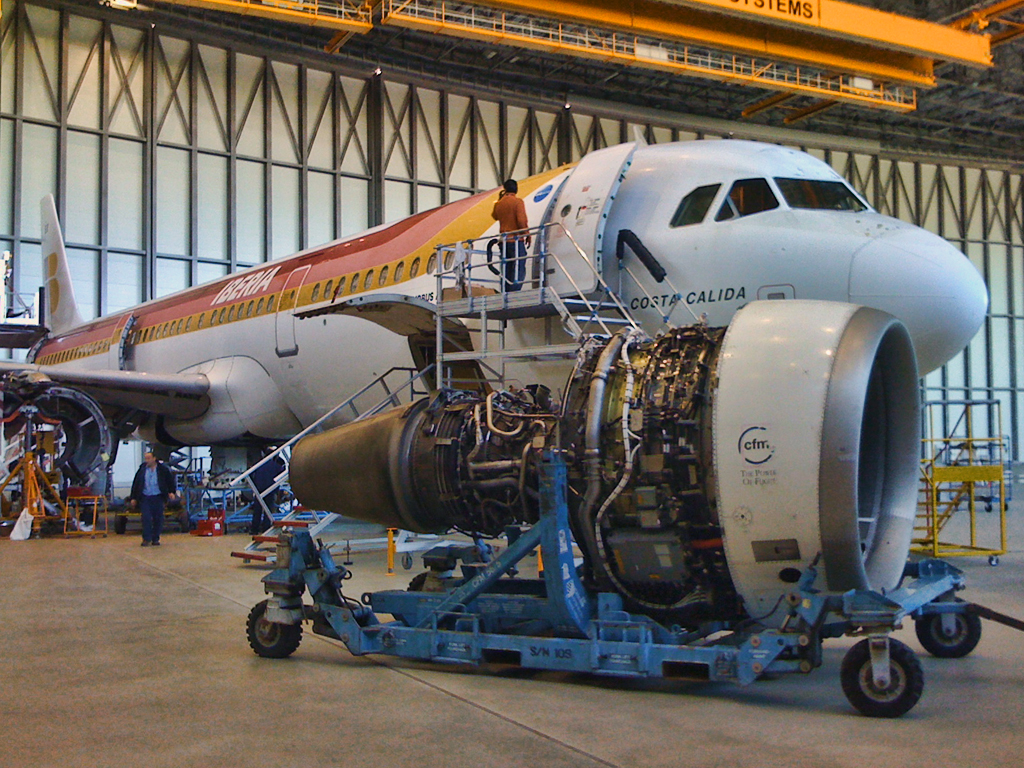
The Air Force remains uncertain about the causes behind last year’s significant increase in maintenance-related aircraft mishaps, according to its top leaders.
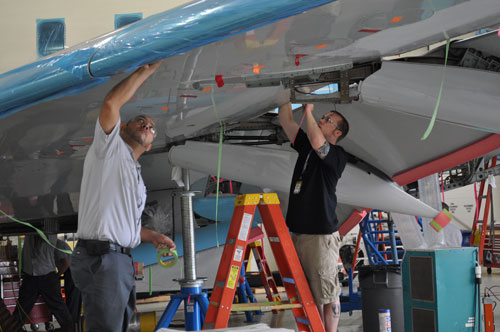
In an interview with Air Force Times, Chief of Staff Gen. David Allvin and Chief Master Sgt. of the Air Force David Flosi acknowledged that their efforts to identify a specific cause for the accidents have not been successful.
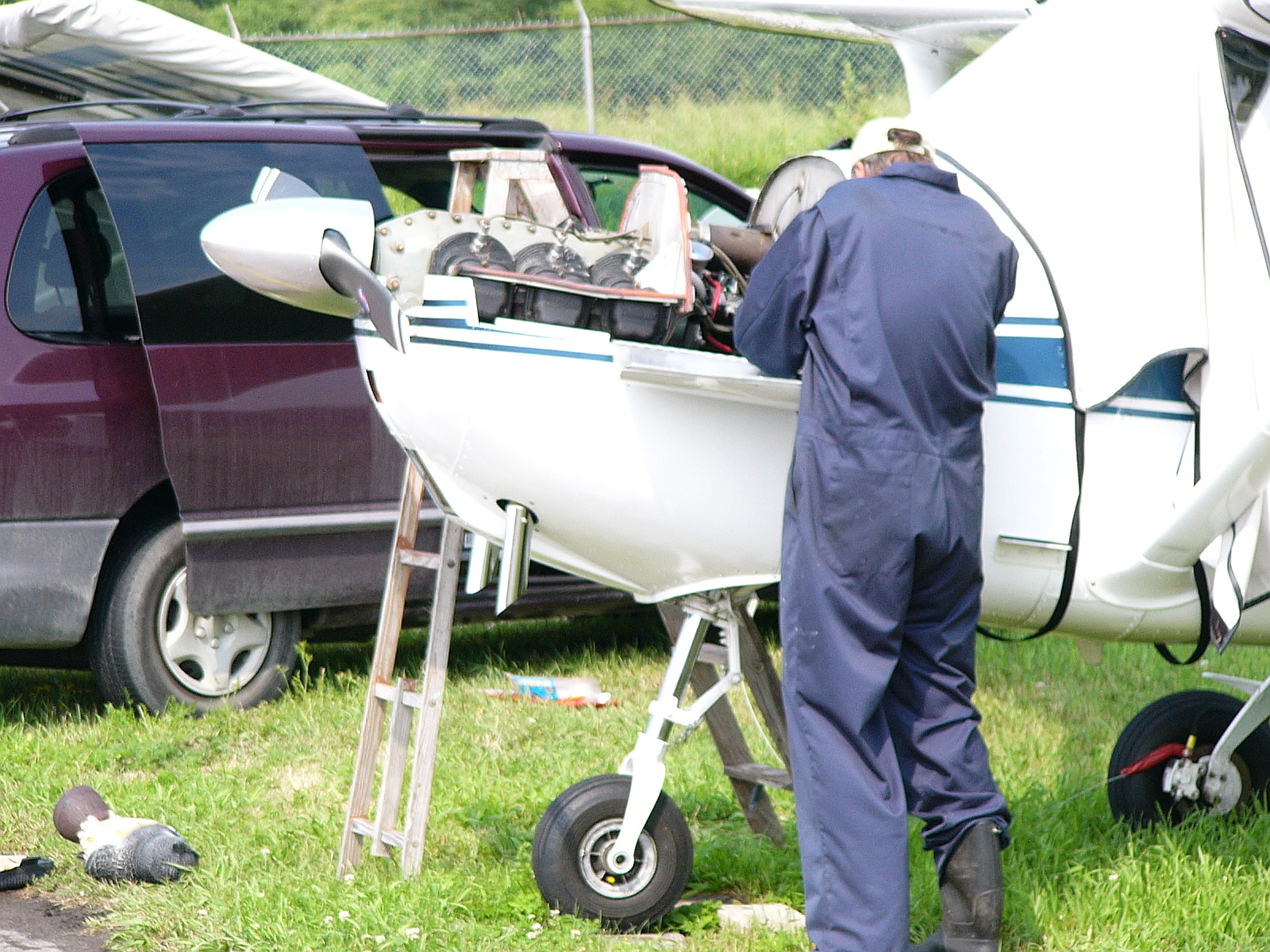
However, the service continues to investigate the reasons for the rise in mishaps. Allvin stated that the Air Force is intensifying its risk management efforts at the unit level and ensuring that airmen’s training is thorough and unrushed to prevent misunderstandings and procedural errors.

“We’re really hunting and pecking to see if there’s anything specific,“ Allvin said regarding maintenance-related accidents. “We have not found a specific cause. But it certainly has caught our attention.”

The Air Force experienced a five-year high in serious non-combat mishaps in fiscal year 2023, with ground maintenance accidents nearly doubling from the previous year, according to Air Force Times.

These incidents have cost the service millions of dollars and resulted in an increasing number of injuries among maintainers, as the maintenance corps struggles with an aging aircraft fleet.
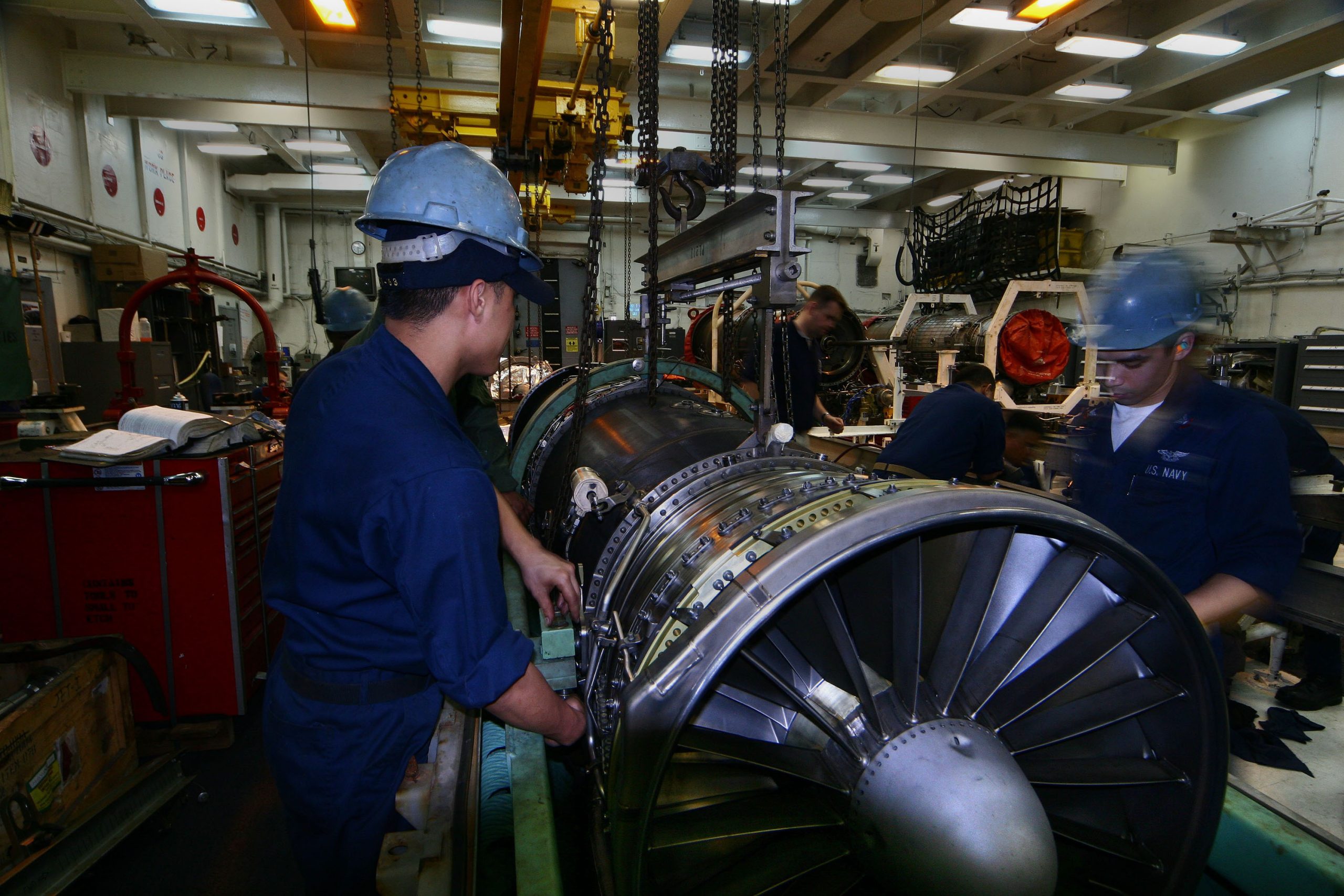
One of the most serious incidents occurred in September, when 32-year-old test engineer and contractor Stephanie Rodriguez-Cosme died after being struck by the propeller of an MQ-9 Reaper drone during ground testing at Grey Butte Airfield, California.
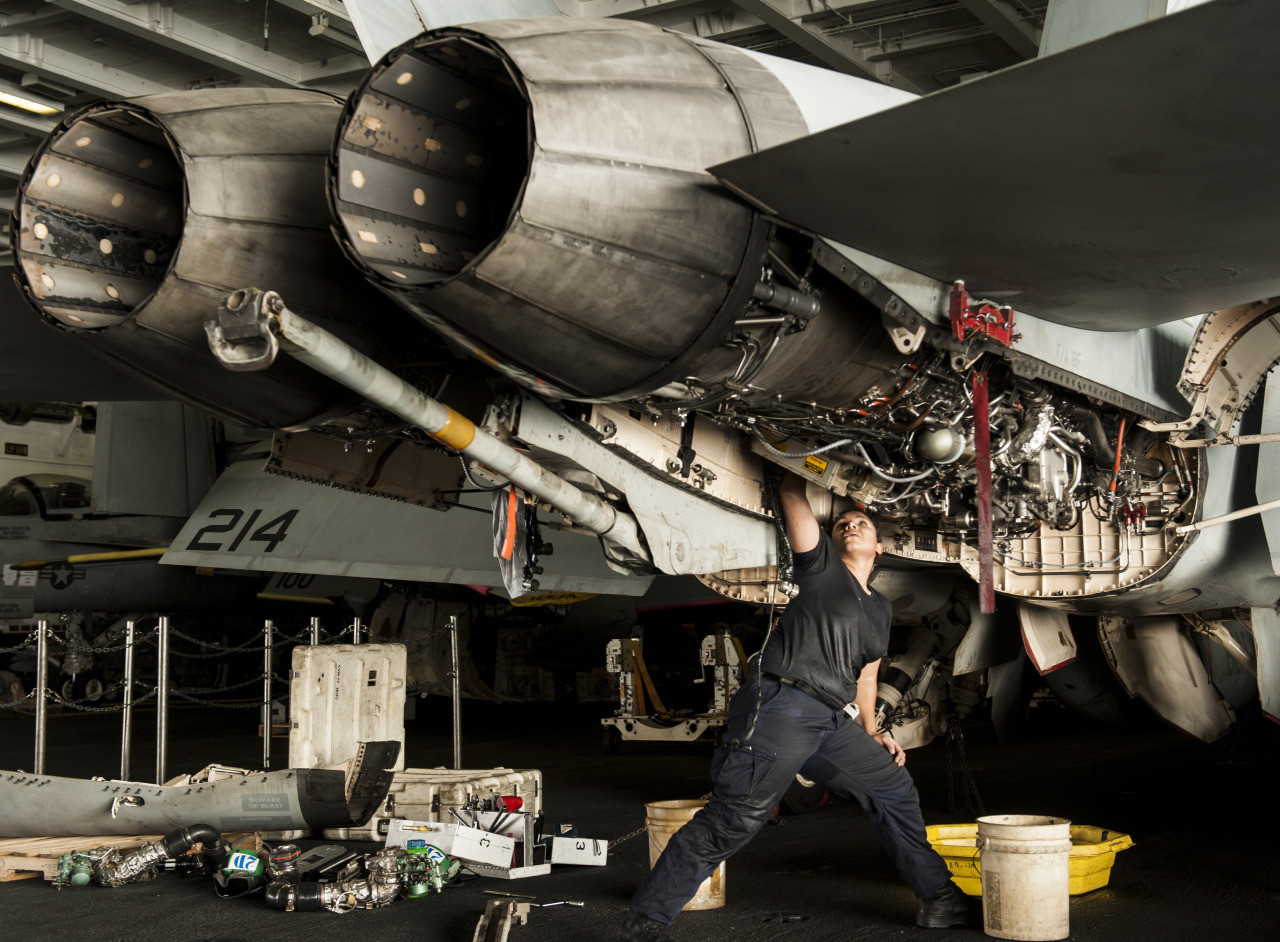
An Air Force investigation revealed that Stephanie Rodriguez-Cosme was improperly trained on taking data readings with the drone’s engine running and was not paying close attention as she approached the aircraft. The investigation also cited a lack of clear communication between contractors and ground support personnel, and noted that the team was rushed due to previous delays.
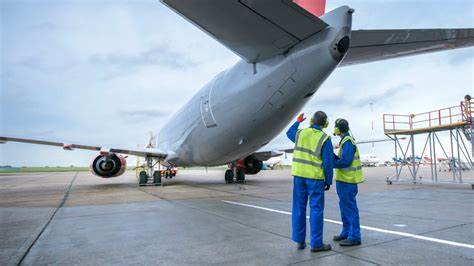
Additional problems have arisen from aircraft engines, towing mishaps, and misplaced flashlights. In one incident, a handheld flashlight caused approximately $4 million in damage to an F-35 at Luke AFB, Arizona, after being sucked into the engine during a ground run. There were also two cases of damage during engine installations on CV-22 Ospreys, including one where a broken winch cable damaged several components. “Our older aircraft are finding new and interesting ways to break,” Allvin acknowledged.

Maintenance-related mishaps have been a significant concern for Air Education and Training Command, which reported in February that “preventable” accidents have caused over $50 million in damages since September 2018. To address this, the command introduced a two-page worksheet in February, now mandatory for all active duty and civilian maintainers, to assess risk and enforce safety protocols before starting new tasks.
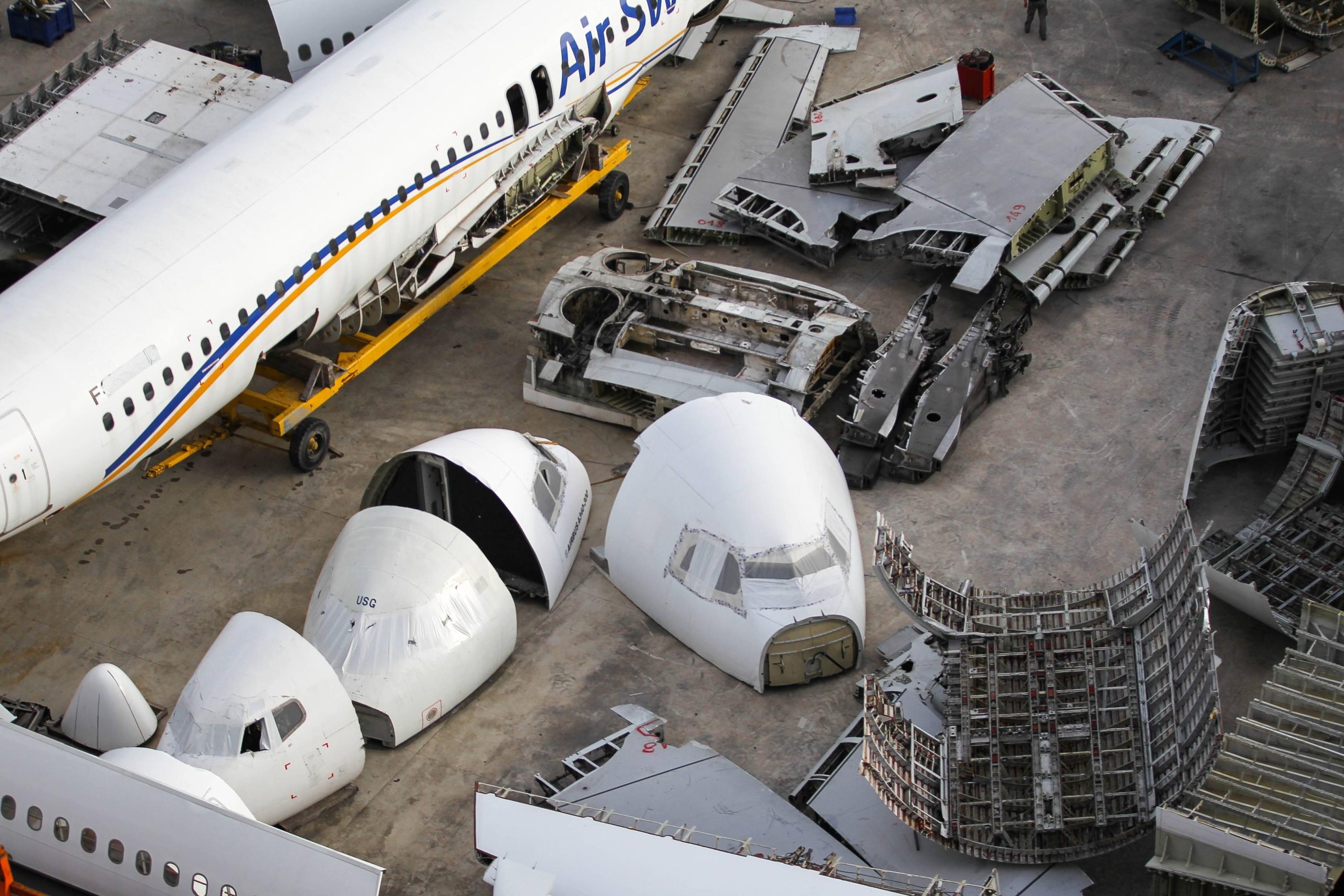
However, operational risk management extends beyond safety, according to Allvin. He emphasized that the drive to create multi-capable airmen—equipping troops with skills beyond their primary specialties to enhance flexibility—should not compromise maintainers’ focus.
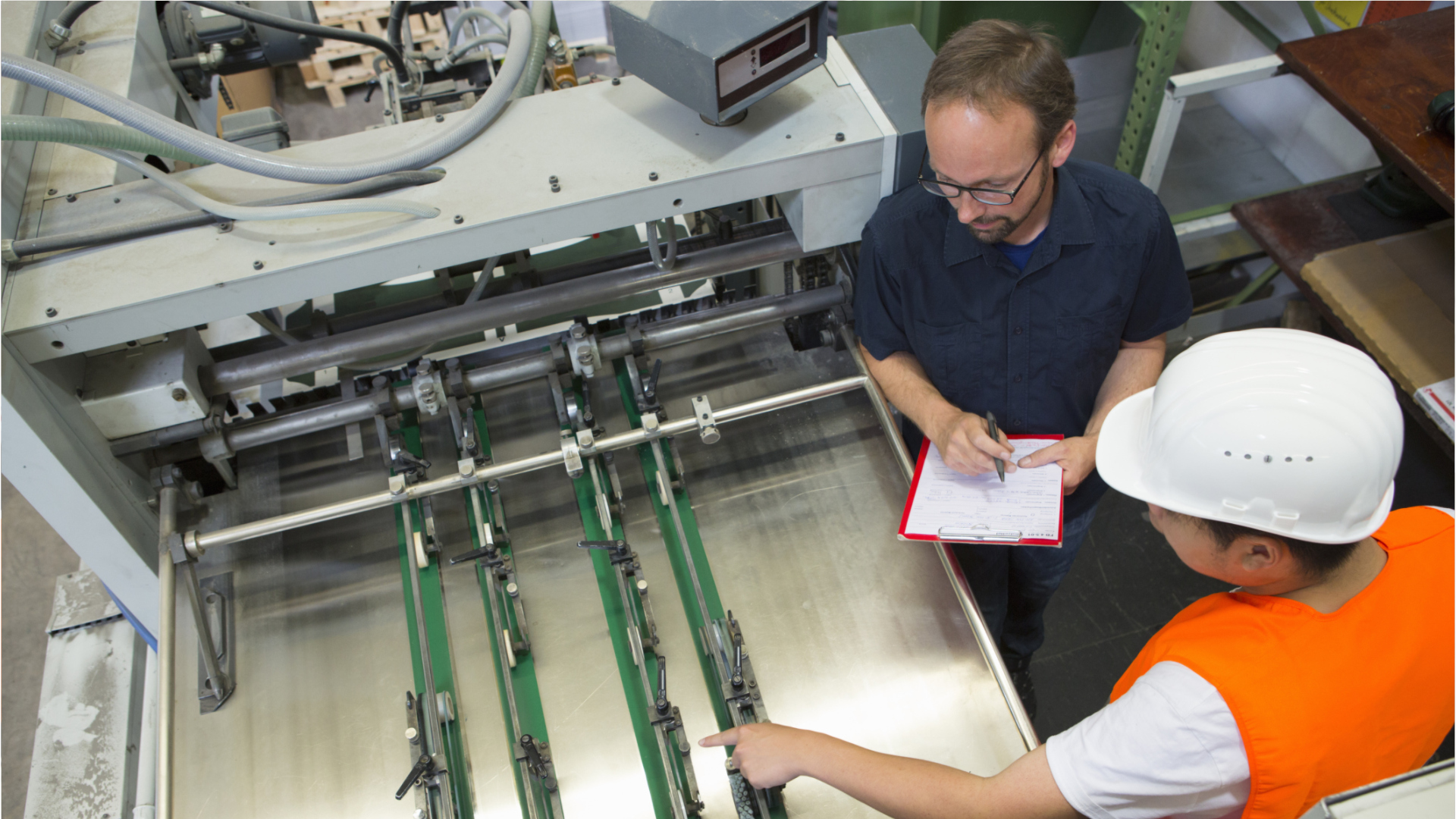
Flosi added that the evolving training programs aim to incorporate technology that will enhance how airmen qualify to work on multimillion-dollar aircraft and their associated weapons and sensors.
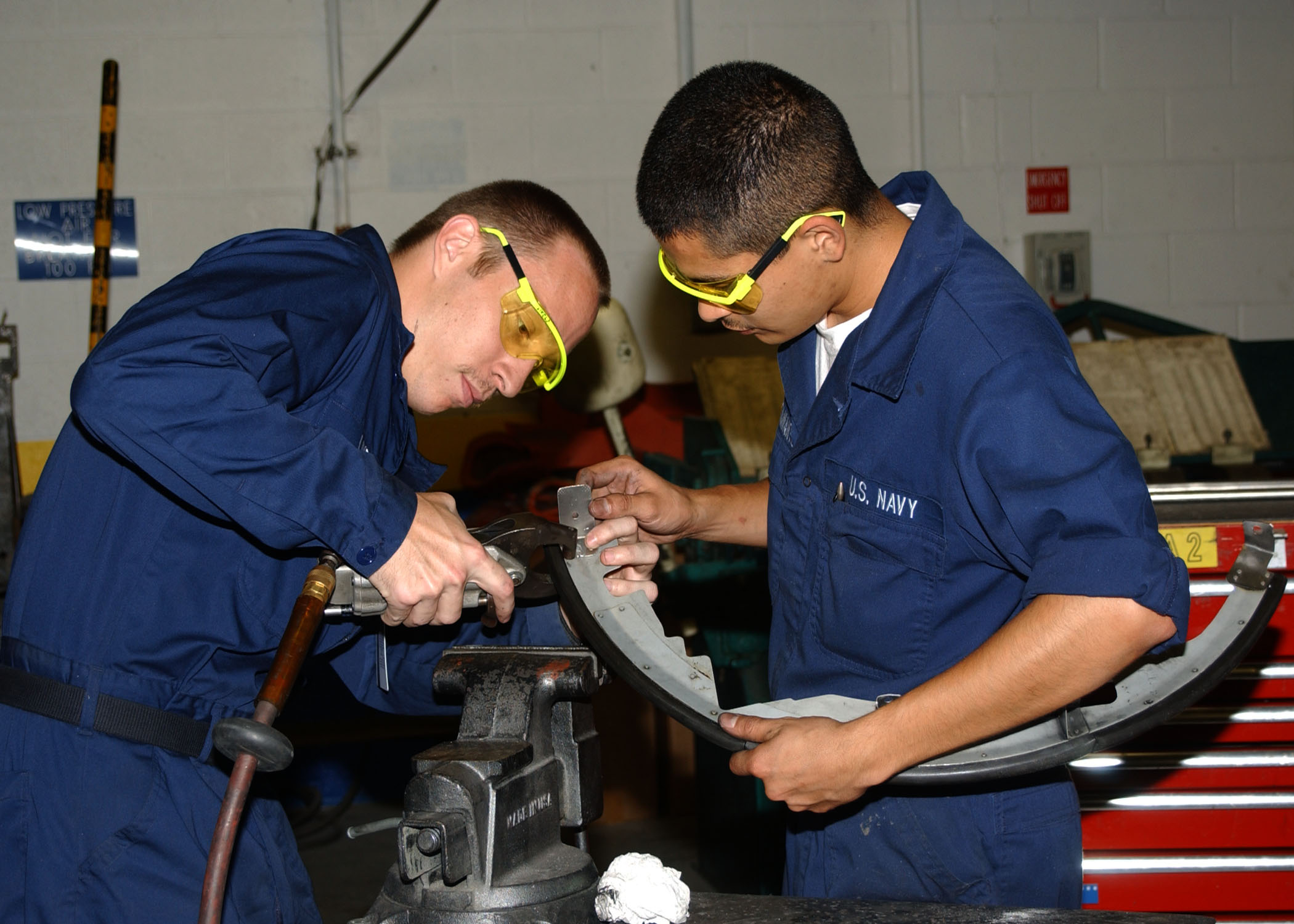
Despite efforts such as retention bonuses helping to slow the departure of experienced maintainers, Allvin noted that the numbers are “still not comfortable.” The combination of short staffing, the high operational tempo of the past two decades, and the increasing difficulty of repairing aging aircraft has long frustrated the maintainer corps.

The Air Force exceeded its recruiting target for aircraft maintainers for the current fiscal year by over 60 airmen as of mid-May, with nearly 3,600 new maintainers sent to basic military training so far in fiscal year 2024, according to the Air Force Recruiting Service. However, a gap of more than 500 maintainers remains, based on the latest figures from the Air Force Personnel Center, and it will take years for new recruits to gain the experience needed to work on airplanes.

“We’re recruiting OK, but it takes a while to build a 3-level into a 5- and 7-level,” Allvin said. “I think we’re making progress. The retention initiatives seem to be working OK. We’re not to the point where we need to be, though.”
Relevant articles:
– The Air Force doesn’t know why maintenance mishaps spiked in 2023, Air Force Times
– Air Force’s costliest accidents, maintainer injuries rose in 2023, Air Force Times
– Military Personnel: Strategy Needed to Improve Retention of Experienced Air Force Aircraft Maintainers, gao.gov
